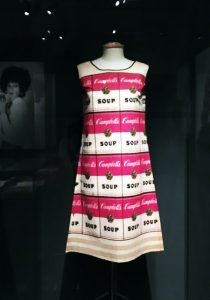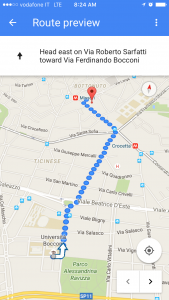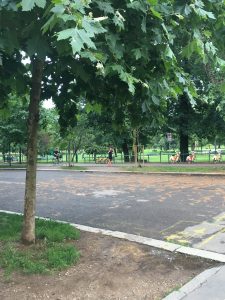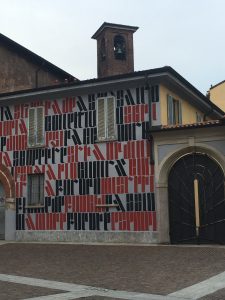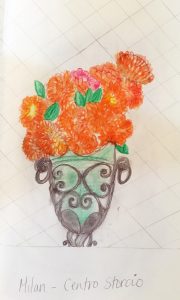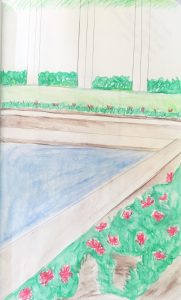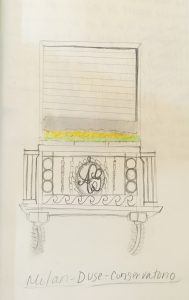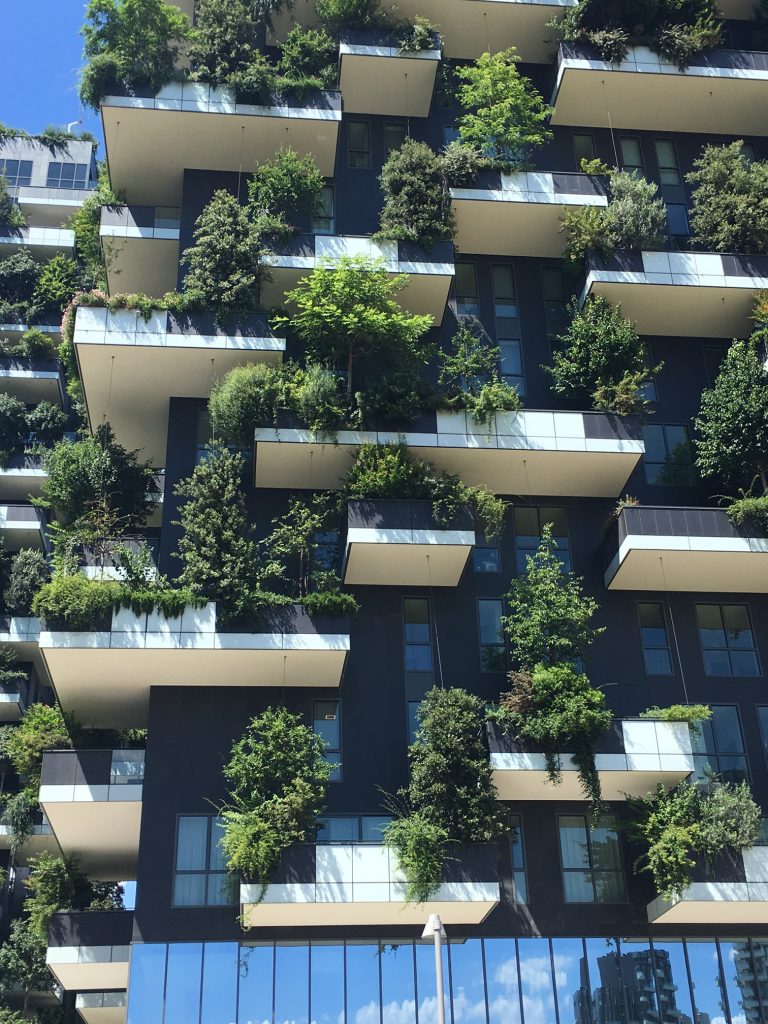
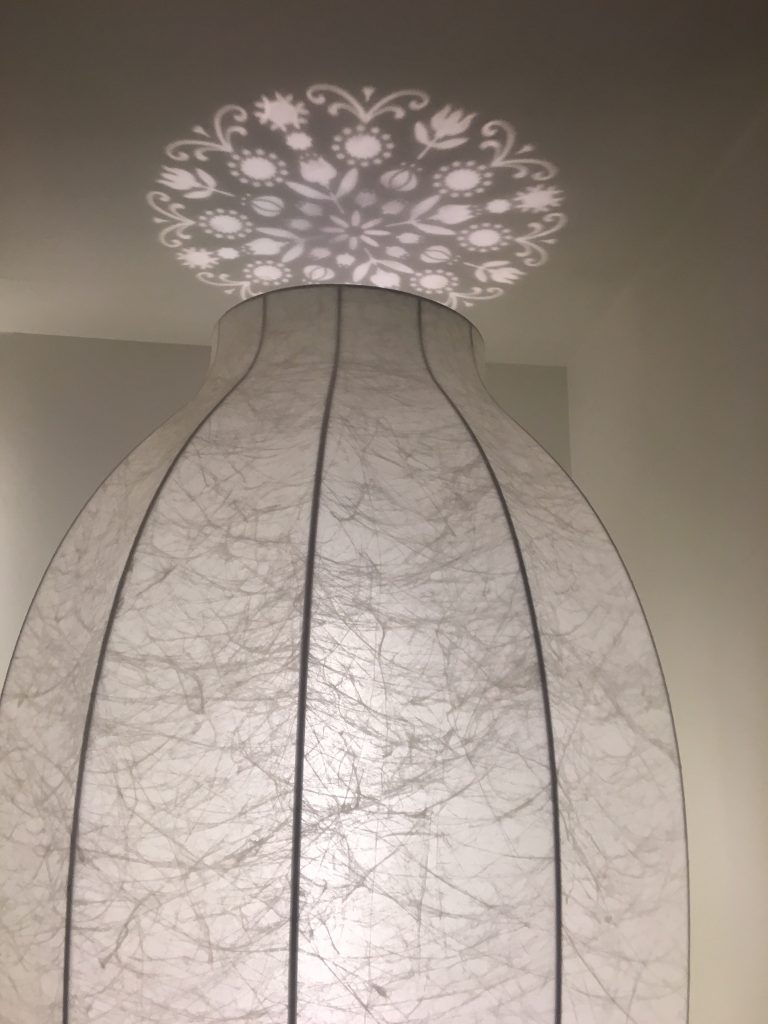
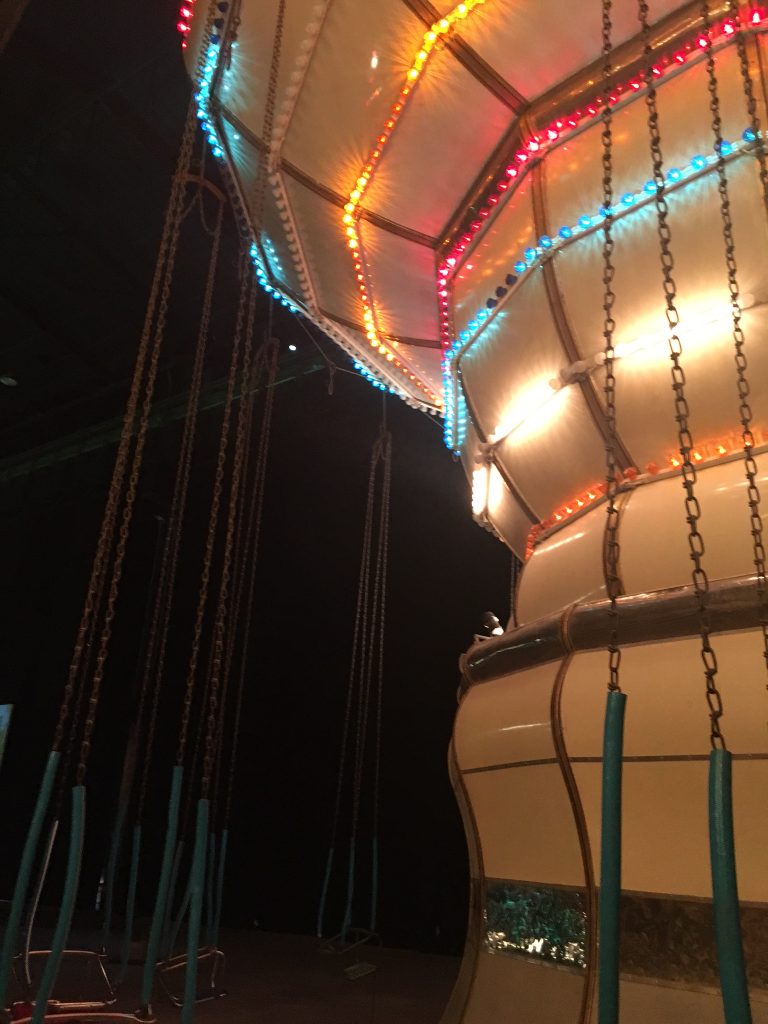
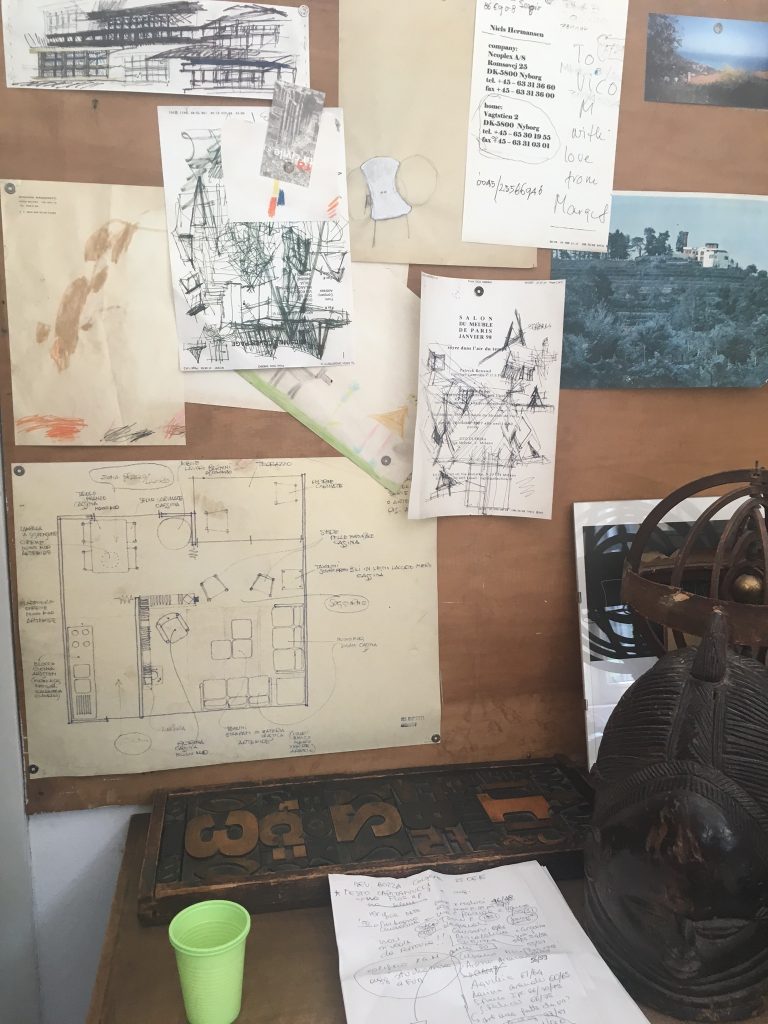
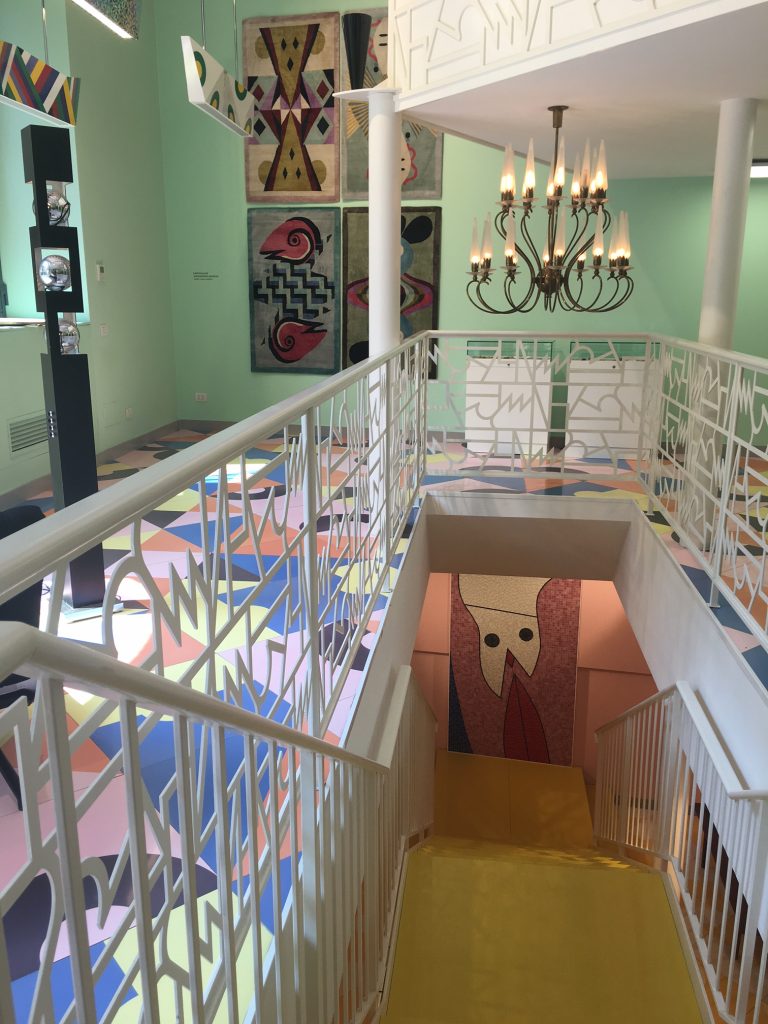
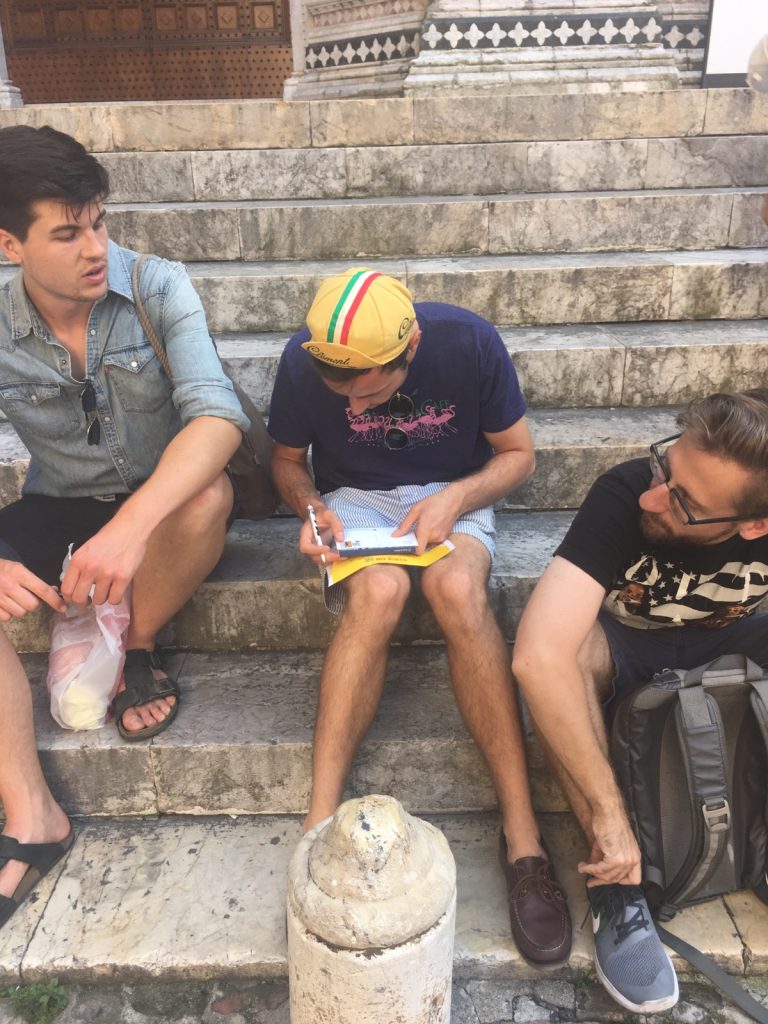
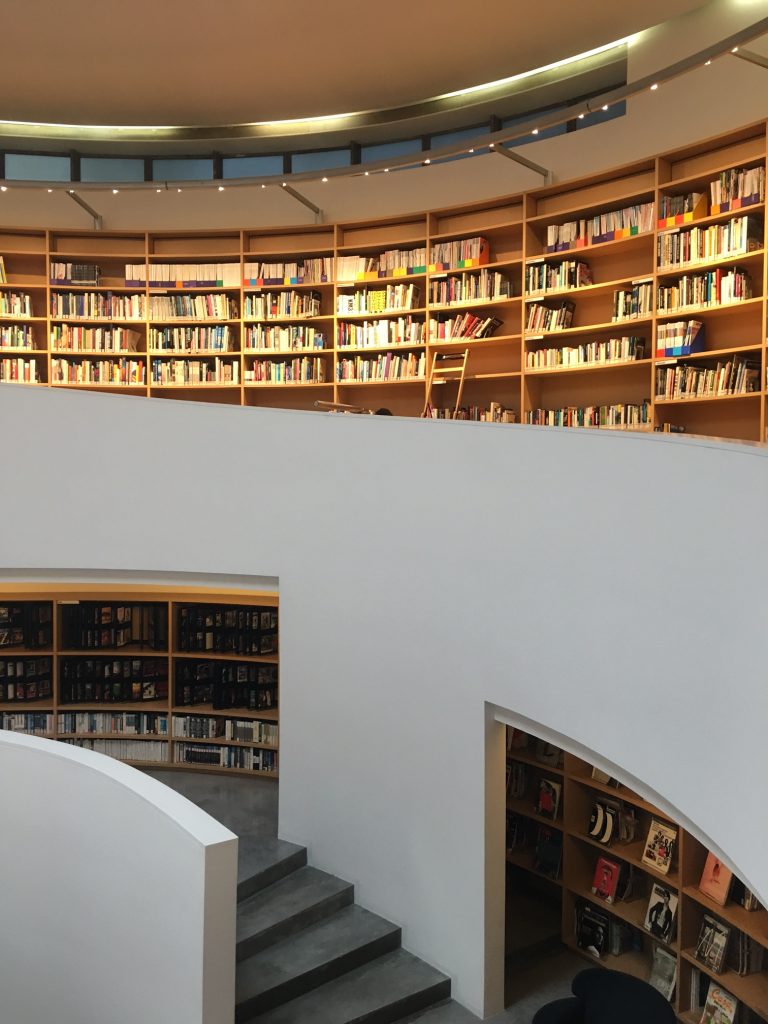
Italy changed my perspective on Design. Going through my years at UT I thought I always wanted to focus on purely graphic design, but learning about many Italian Designers they were successful in many different sectors of Design. Personally I am now very interested in light and furniture design and would like to not just focus one part of design but dabble in many various areas of design. Visiting Castiglioni’s studio, was one of my favorite days in Milan. I like how he would have a problem or something minuscule that bug him and he would create something to fix it. For instance the Mayo jar spoon that goes around in the very bottom part of the jar that usually you have to just keep it in the jar and throw it away. Another one of his inventions that I liked was the small sugar spinner that allows you to add sugar to your espresso without rudely dinging your cup to dissolve the sugar. This started to get me to pay attention to small things in life like this and how I could propose a way to add something new that would benefit a small change.
Also lack of phone data was a good push for learning your surroundings better than I could have possibly if I depended on a maps app. In Austin, I have been there my whole life so it is harder to get lost. In Milan, it was fun to get lost and find your way back. The first day I was a little overwhelmed, but by the third day I started to notice how close the different metro stops and different areas of Milan are, and how it is very walkable. One morning I recall running in a small park near my apartment, and the park was much smaller than I thought, so I kept just running and found another path that took me to CityLife. At the time I did not know anything about CityLife, but it was amazing to just run and see how different a city can change within a five minute walk/run down the street from my apartment.
The last thing that I really enjoyed was capturing and sketching the biodiversity and plants in an urban city like Milan. I would really like to play with different growing methods of vegetation in Austin. Overall I think it will be challenging and the seasons for different foods such as tomatoes are a bit shorter in Texas. I would like to push for more plant life within urban developments and architecture as Austin is loosing more and more rural and less developed rural areas. I would also like to reach out to UT’s microfarm and to Farmhouse on how they think the best way plant life in urban areas can flourish.
This trip has really inspired me to shake up my typical design thought process and work in areas that I typically thought were out of my reach.
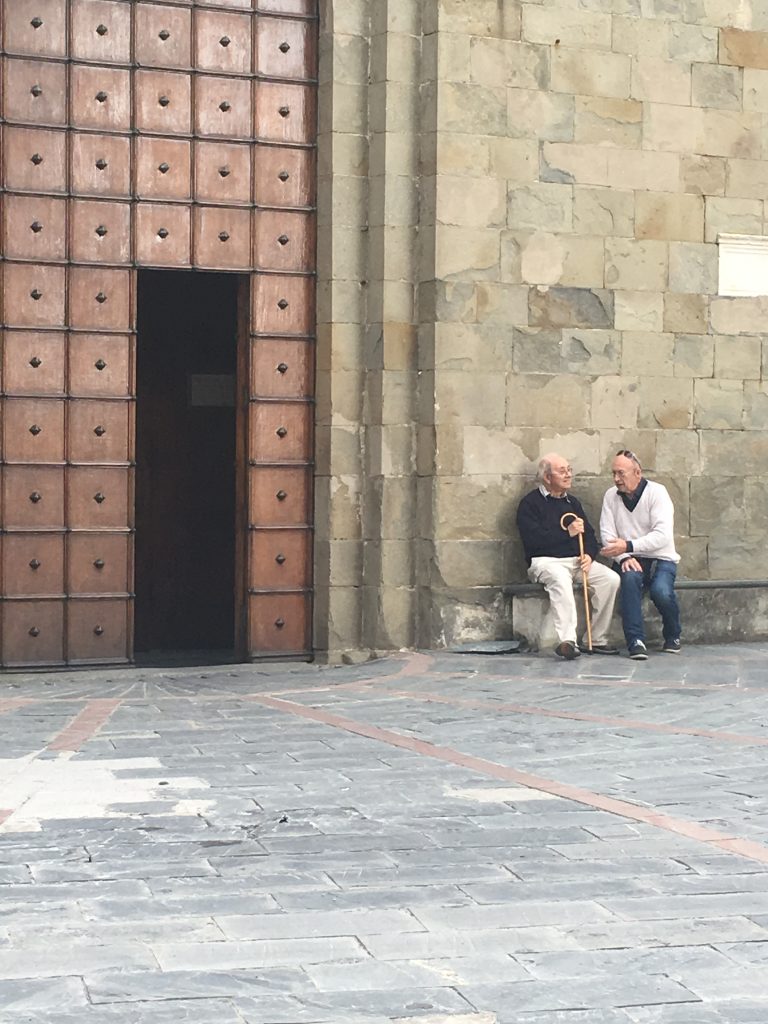 Cinque Terre Day Trip was a heavy influence on my decision to focus on vegetation in urban areas and developments within the city. Overall Milan has been very groomed and the plants and trees are contained with much maintenance. In Cinque Terre, many of the plants just grow wildly and they take over the area they are growing in. Personally I stayed in Manarola, and noticed there was a large population of elderly people, so one thought was that the flowers and plants were not as contained because it would be harder to control plants at such a steep level for older generations of people. Another spot in Manarola, was the cemetery had crazy amount of pink flower bush, which I’m pretty sure was Bourgenvilla. I liked how the flowers took over the cemetery with new life, in comparison to other cemeteries that have dead flowers sadly sitting on top a tombstone. Manarola was where I noticed the most plant life because it was more quiet. While traveling to Monterosso I’m sure I missed lots of vegetation but the crazy amount of tourists walking within area was very overwhelming and it made enjoying the area around very difficult. Cinque Terre had beautiful plant life, despite the overwhelming amount of tourists. I hope to be able to hike the whole thing If I ever get the opportunity to go back.
Cinque Terre Day Trip was a heavy influence on my decision to focus on vegetation in urban areas and developments within the city. Overall Milan has been very groomed and the plants and trees are contained with much maintenance. In Cinque Terre, many of the plants just grow wildly and they take over the area they are growing in. Personally I stayed in Manarola, and noticed there was a large population of elderly people, so one thought was that the flowers and plants were not as contained because it would be harder to control plants at such a steep level for older generations of people. Another spot in Manarola, was the cemetery had crazy amount of pink flower bush, which I’m pretty sure was Bourgenvilla. I liked how the flowers took over the cemetery with new life, in comparison to other cemeteries that have dead flowers sadly sitting on top a tombstone. Manarola was where I noticed the most plant life because it was more quiet. While traveling to Monterosso I’m sure I missed lots of vegetation but the crazy amount of tourists walking within area was very overwhelming and it made enjoying the area around very difficult. Cinque Terre had beautiful plant life, despite the overwhelming amount of tourists. I hope to be able to hike the whole thing If I ever get the opportunity to go back.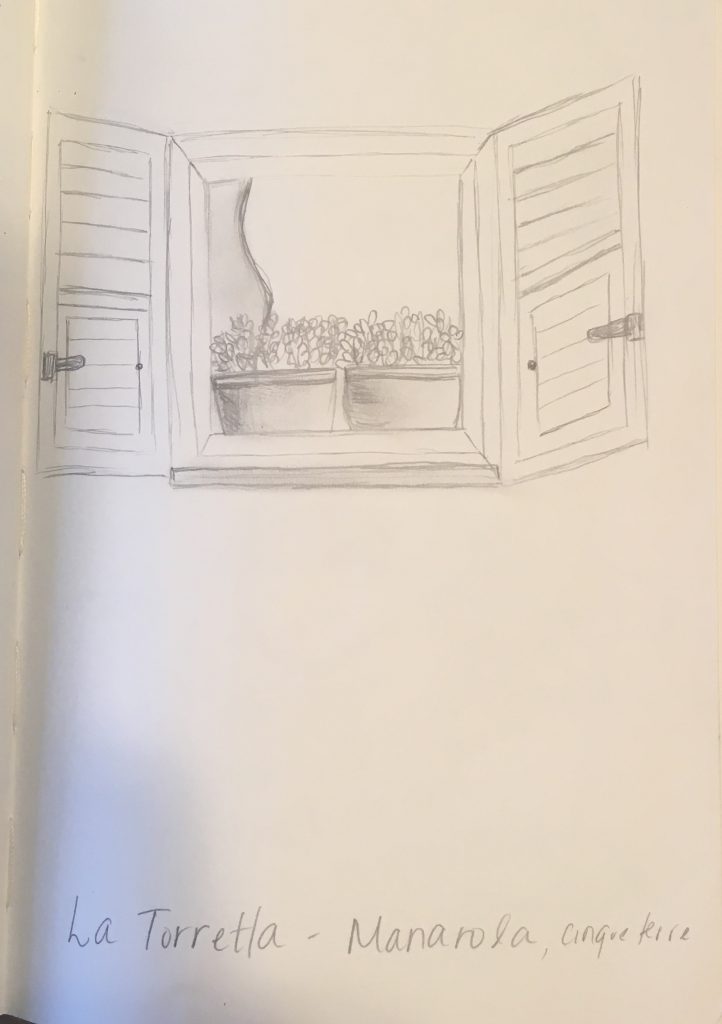
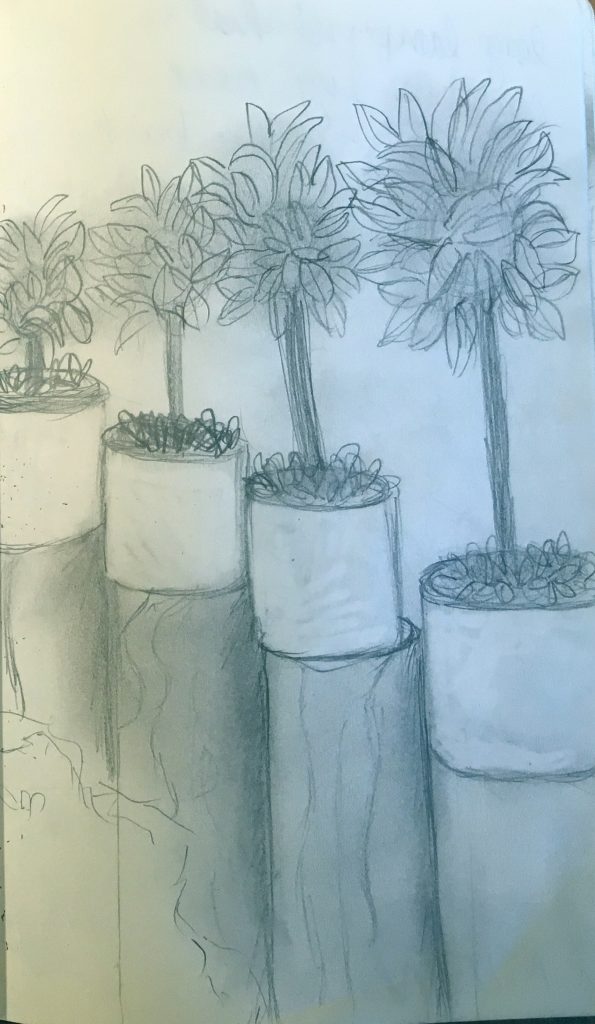
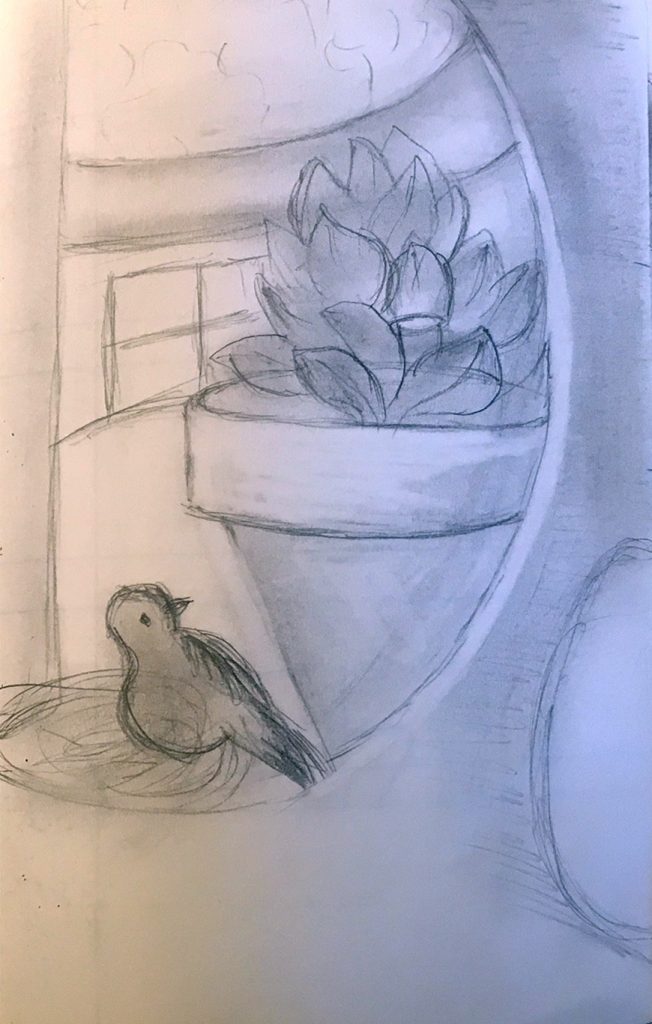
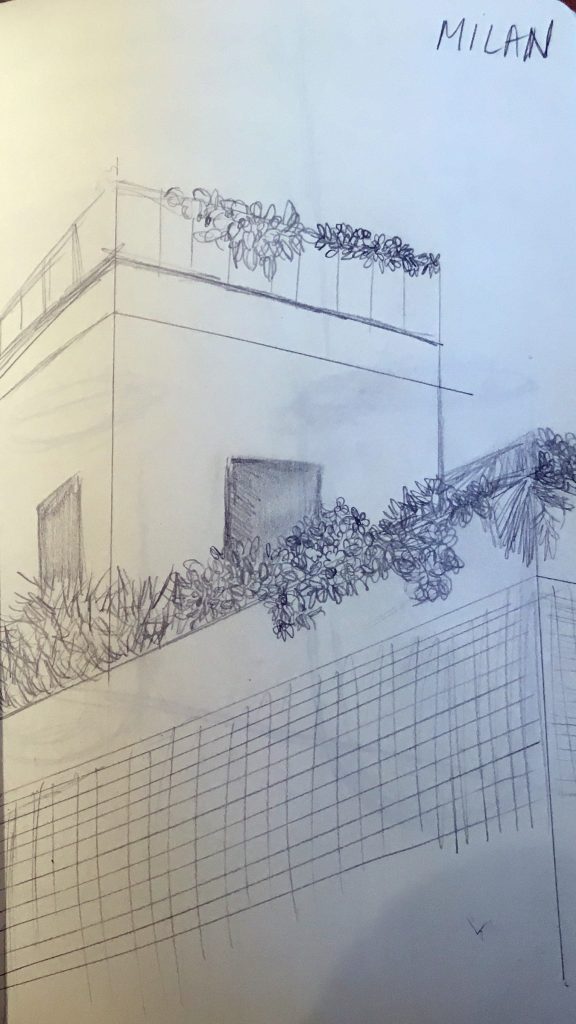

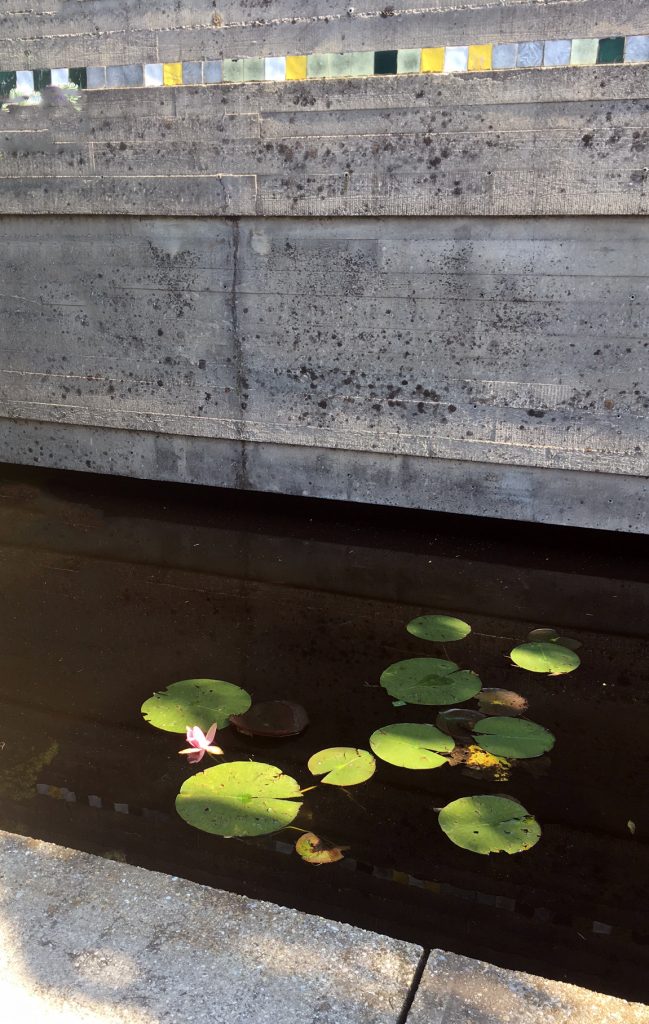
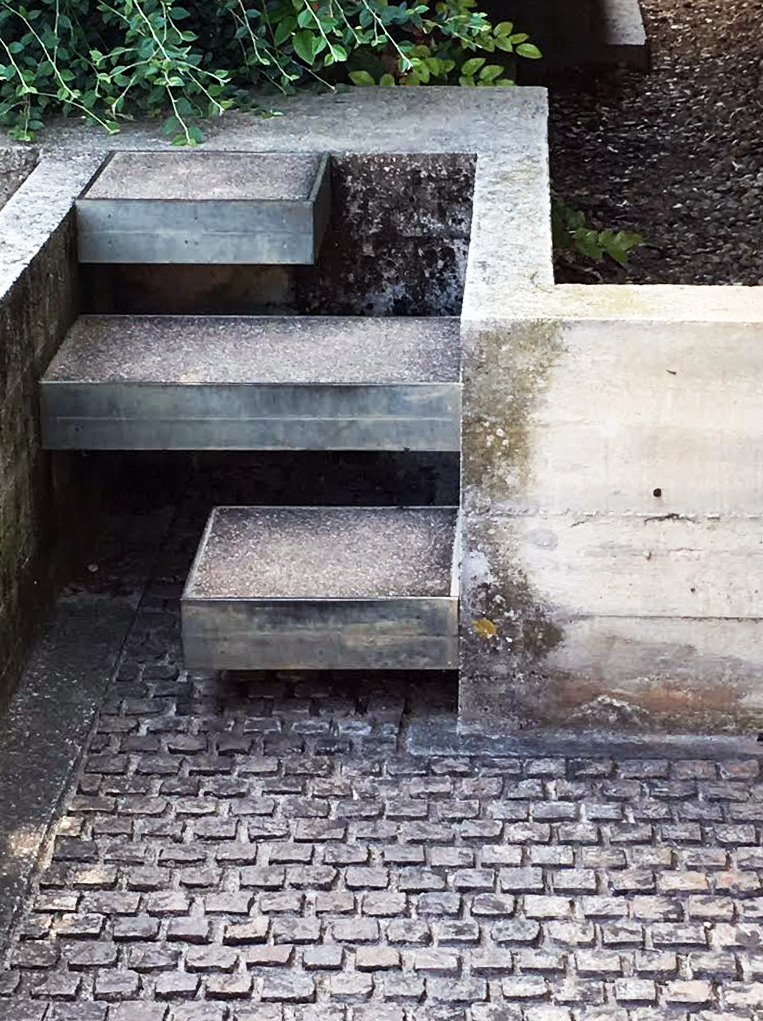
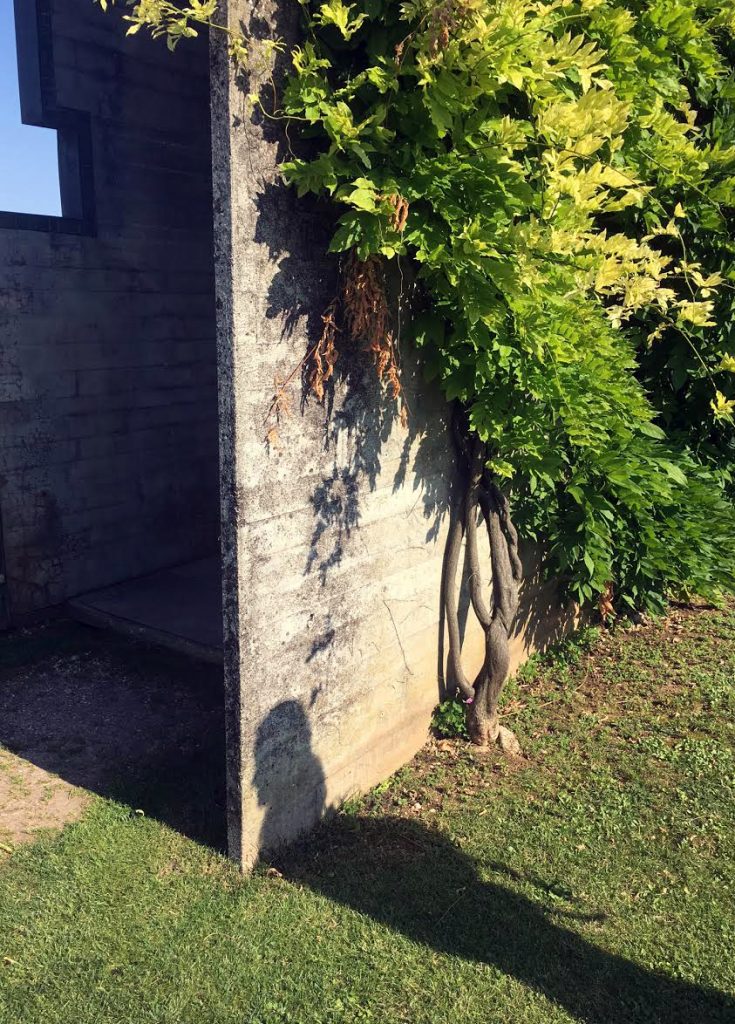
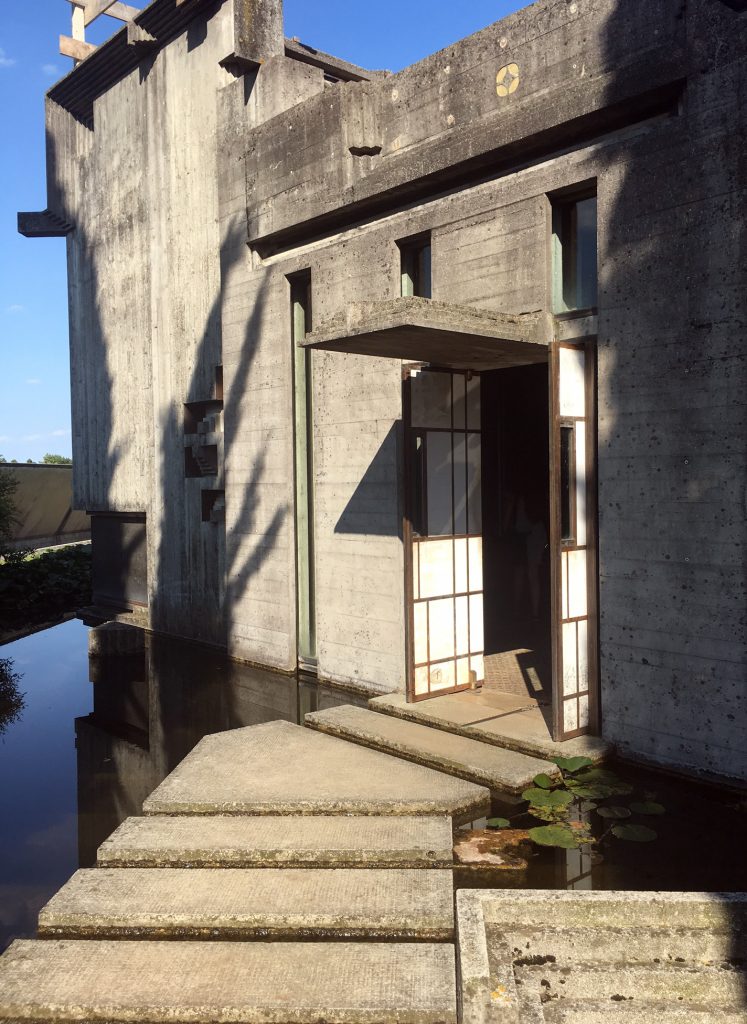
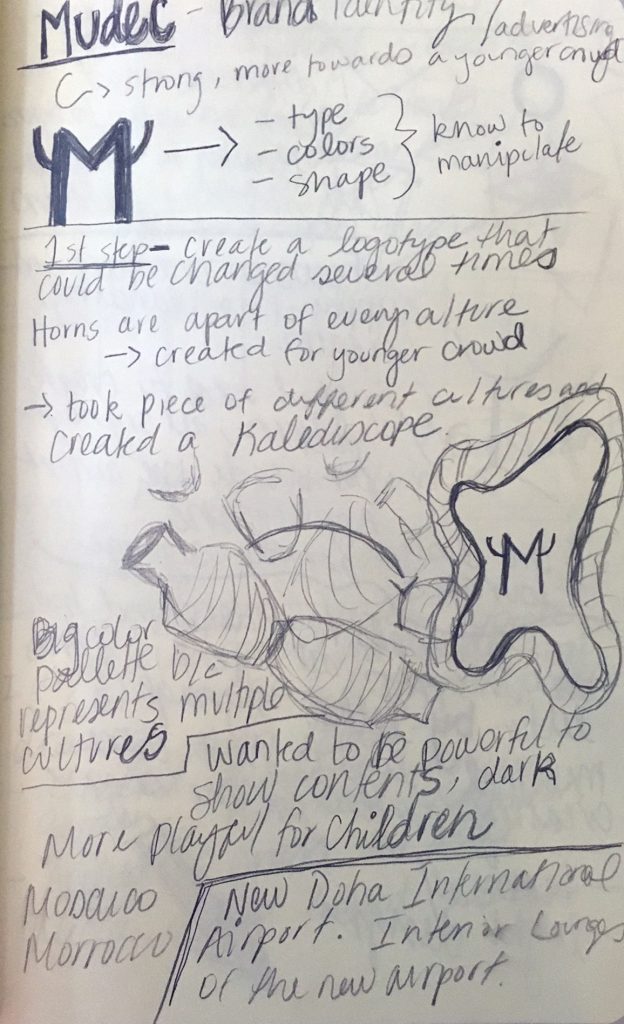
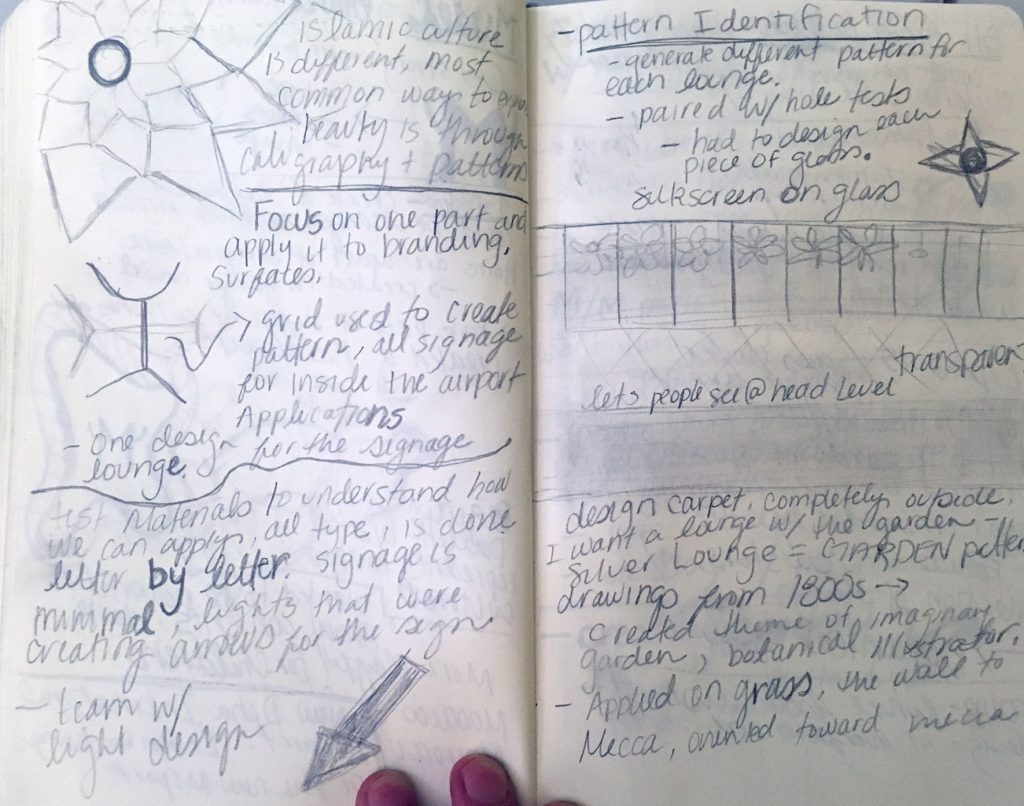
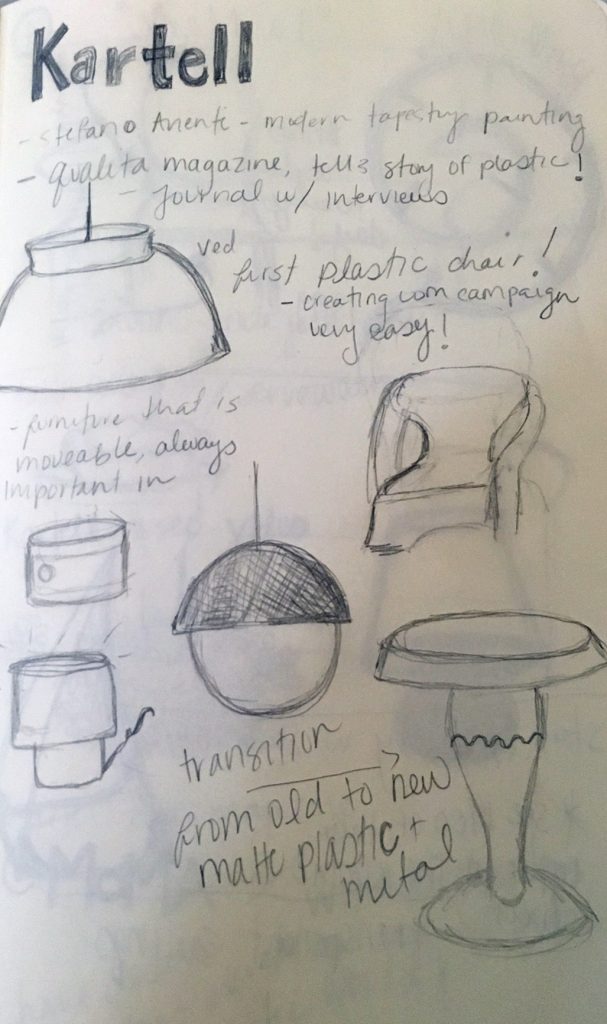
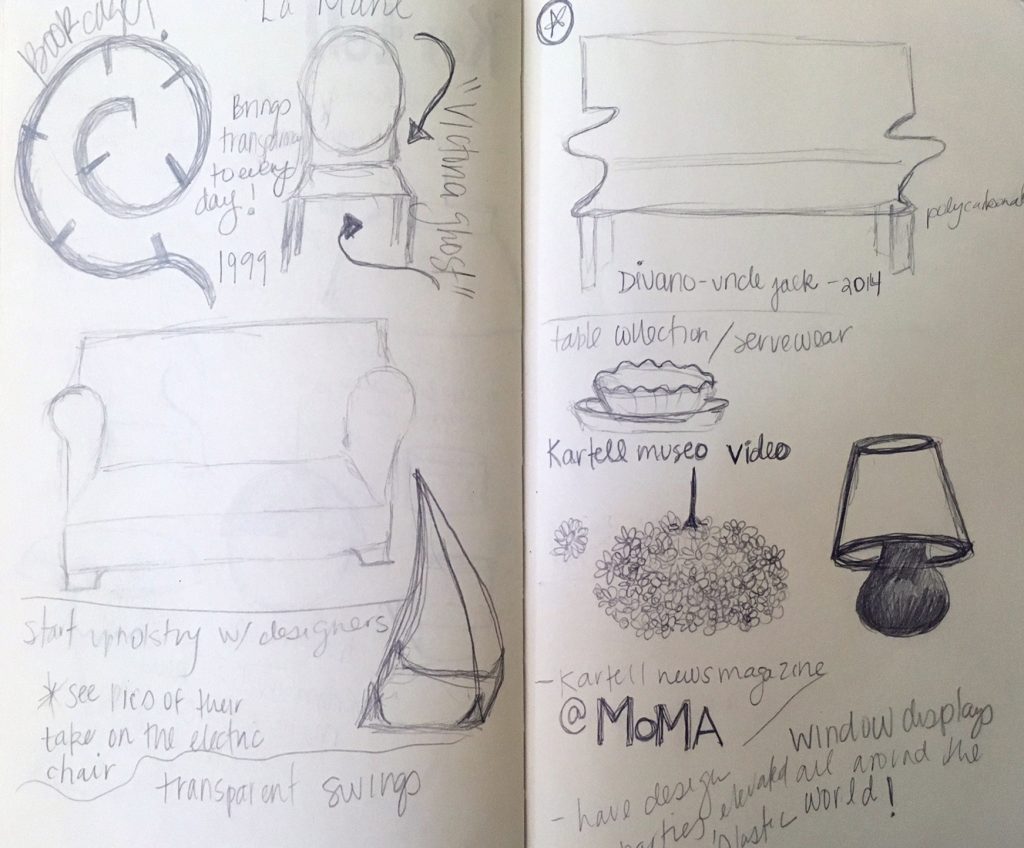
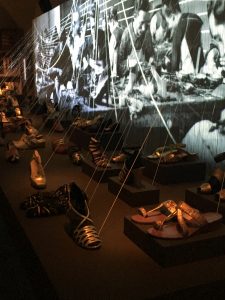 While In Florence I visited the Museo Salvatore Ferragamo, and the exhibit in English is called Across Art and Fashion. When you first walk into the museum there is an installation that has multiple kinds of shoes, and a piece of string that connects the shoe to the a mini animation of shoemakers from the past. The show illustrates Salvatore Ferragamo’s inspirations, and collaborations of the 1950s and 1960s. O
While In Florence I visited the Museo Salvatore Ferragamo, and the exhibit in English is called Across Art and Fashion. When you first walk into the museum there is an installation that has multiple kinds of shoes, and a piece of string that connects the shoe to the a mini animation of shoemakers from the past. The show illustrates Salvatore Ferragamo’s inspirations, and collaborations of the 1950s and 1960s. O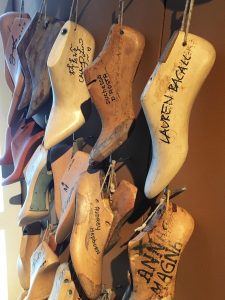 nce you pass the shoes that are with the animation there is a wall that is covered in custom shoes of famous celebrities like Audrey Hepburn. There is a constant back and forth between fashion and art. As you continue walking there is a series of huge self-portraits of Andy Warhol. A few of them are out of focus, and there is one that he has completely transformed his appearance as a girl with 60s hairspray hair. The museum also features multiple pieces of fashion like dresses, and mirrors, that go beyond just Ferragamo’s shoes. Not only was Ferragamo inspired by pop culture but also the Futurists. He shared their views and interests of bright colors, and geometric shapes, and he also enjoyed experimenting with unusual materials. This exhibit is a must if you are in Florence! It is also nice to be in a museum that you do not have to wait in a very long line as well!
nce you pass the shoes that are with the animation there is a wall that is covered in custom shoes of famous celebrities like Audrey Hepburn. There is a constant back and forth between fashion and art. As you continue walking there is a series of huge self-portraits of Andy Warhol. A few of them are out of focus, and there is one that he has completely transformed his appearance as a girl with 60s hairspray hair. The museum also features multiple pieces of fashion like dresses, and mirrors, that go beyond just Ferragamo’s shoes. Not only was Ferragamo inspired by pop culture but also the Futurists. He shared their views and interests of bright colors, and geometric shapes, and he also enjoyed experimenting with unusual materials. This exhibit is a must if you are in Florence! It is also nice to be in a museum that you do not have to wait in a very long line as well!